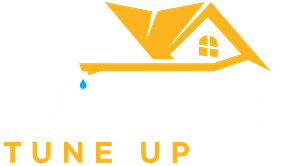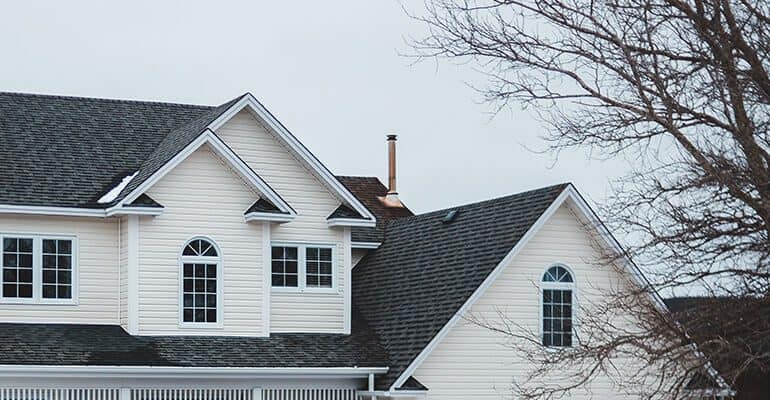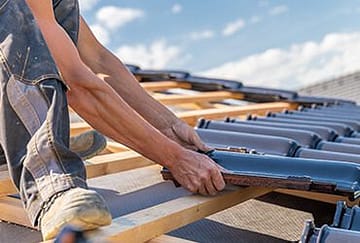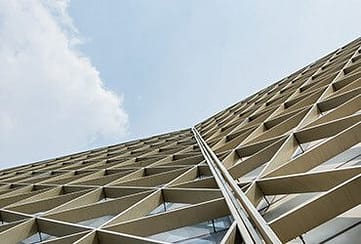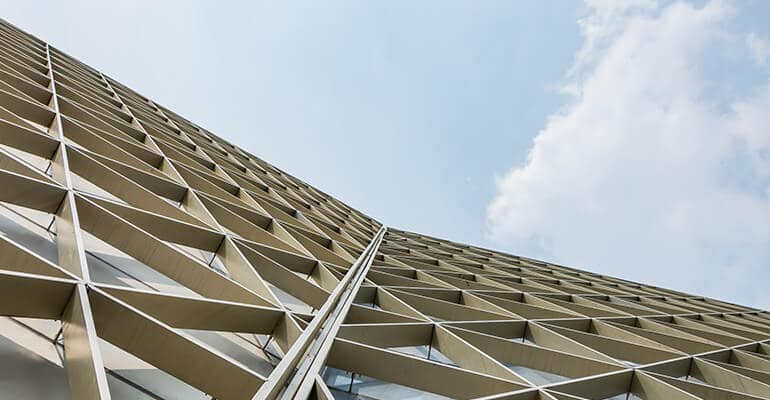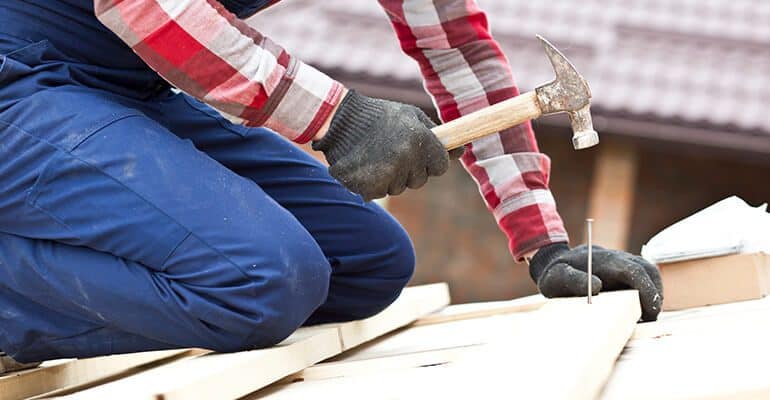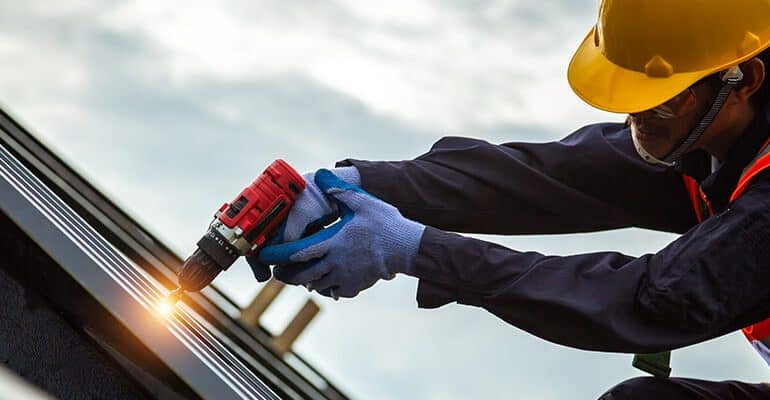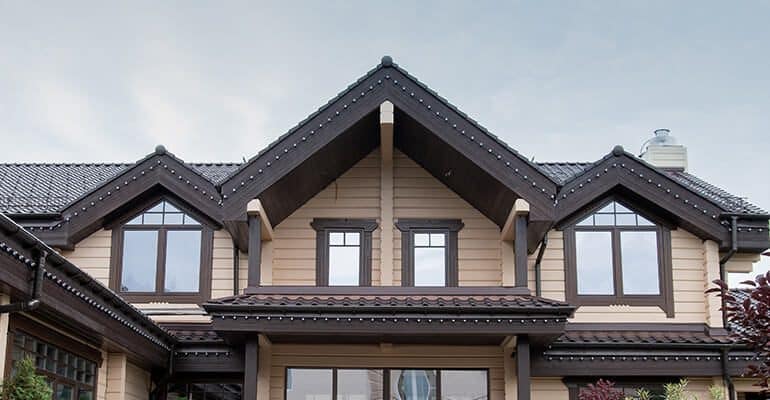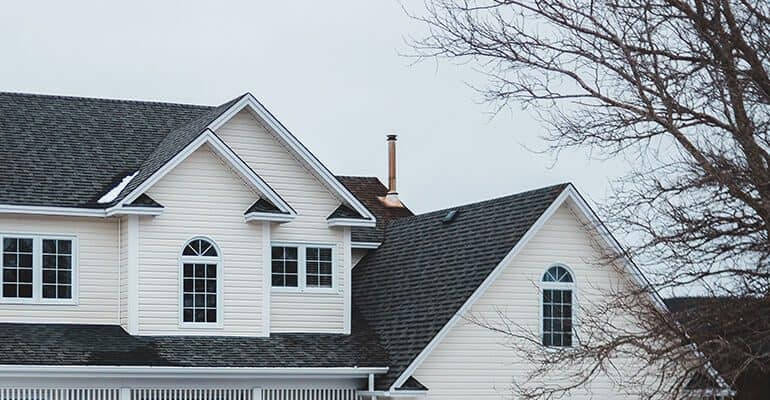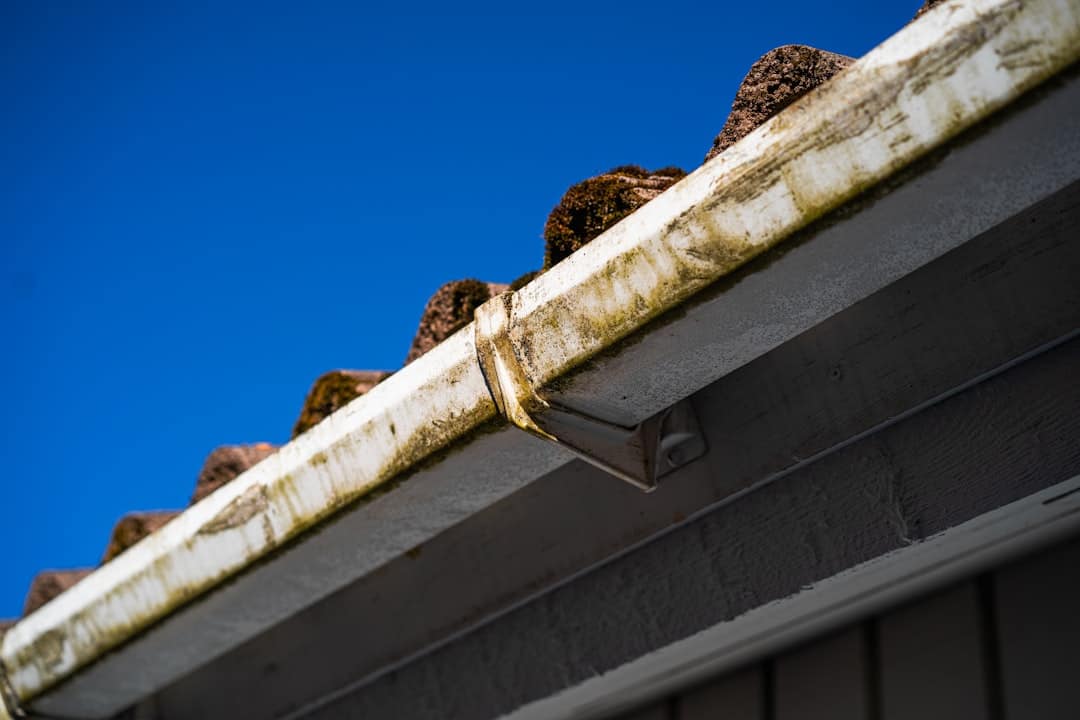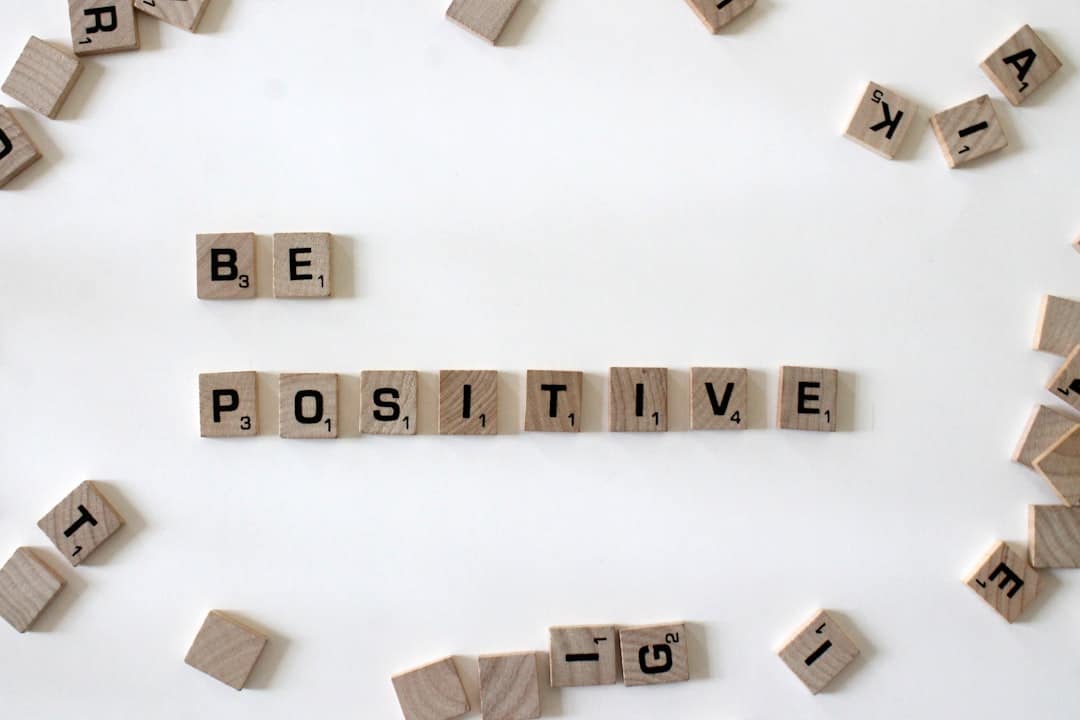Table Of Contents:
- Eco-Friendly Commercial Roofing Solutions for Lasting Performance
- Key Takeaways
- Understanding Eco-Friendly Commercial Roofing Solutions
- Benefits of Eco-Friendly Roofing Technologies
- Exploring Various Types of Eco-Friendly Roofing Systems
- Integrating Gutters in Eco-Friendly Roof Systems
- Best Practices for Eco-Friendly Commercial Roof Installation
- Case Studies of Successful Eco-Friendly Roofing Projects
- Future Trends in Eco-Friendly Commercial Roofing
- Frequently Asked Questions
Eco-Friendly Commercial Roofing Solutions for Lasting Performance
Are you a business owner looking to reduce your environmental impact while ensuring long-lasting roof performance? Eco-friendly commercial roofing solutions offer a sustainable approach to protect your building and the planet. This article explores the benefits of green roofing technologies, various eco-friendly roofing systems, and best practices for installation. You’ll learn how these solutions can lower energy costs, extend roof lifespan, and contribute to a healthier environment. Discover how eco-friendly roofing can provide lasting performance for your commercial property.
Key Takeaways
- Eco-friendly commercial roofing solutions offer energy efficiency, cost savings, and environmental benefits
- Green roofs and reflective coatings significantly reduce urban heat and improve air quality
- Proper gutter systems are crucial for sustainable roofing and effective water management
- Government incentives and regulations are driving the adoption of sustainable roofing practices
- Consumer demand is increasing for durable, energy-efficient roofing materials in commercial buildings
Understanding Eco-Friendly Commercial Roofing Solutions

Eco-friendly commercial roofing solutions offer building owners peace of mind through sustainable materials and energy-efficient designs. These innovative systems often incorporate GRP (Glass Reinforced Plastic) components, known for their durability and resistance to ultraviolet radiation.
Modern eco-roofing options integrate advanced gutter systems to manage rainwater effectively, reducing the environmental impact of runoff. These solutions not only protect the building but also contribute to overall energy conservation and reduced maintenance needs.
When selecting an eco-friendly roof, consideration must be given to the entire lifecycle of the materials, from production to disposal. Many green roofing solutions offer extended lifespans, minimizing the need for frequent replacements and reducing waste.
Professional installation of eco-friendly roofing systems ensures optimal performance and longevity. Skilled technicians use specialized equipment, including safety-rated ladders, to properly install and maintain these advanced roofing solutions, ensuring lasting protection for commercial structures.
Benefits of Eco-Friendly Roofing Technologies

Eco-friendly roofing technologies offer significant advantages for commercial buildings. These innovative solutions provide energy efficiency and cost savings through advanced roof coatings. They also contribute to sustainability by reducing environmental impact. Improved air quality and urban heat reduction are additional benefits. The durability and longevity of these systems ensure long-term performance, making them a wise choice for house restoration companies seeking positive feedback from clients.
Energy Efficiency and Cost Savings
Eco-friendly commercial roofing solutions significantly reduce energy costs through improved insulation and reflective properties. These advanced systems, which can be applied during long roofing projects or home restoration, minimize heat absorption and decrease the need for excessive air conditioning, resulting in substantial energy savings for businesses.
The cost-effectiveness of eco-friendly roofs extends beyond energy savings to include reduced maintenance and replacement expenses. By incorporating rust-resistant materials and durable coatings, these roofing systems offer superior protection against environmental factors, prolonging the life of the roof and minimizing the need for frequent repairs or policy claims, even in challenging environments like barn structures.
Environmental Impact and Sustainability
Eco-friendly roofing solutions significantly reduce the environmental impact of commercial buildings. Roofing companies utilizing sustainable materials and practices contribute to decreased carbon emissions and waste production. The roofing industry’s shift towards environmentally conscious options demonstrates a growing knowledge of ecological responsibility.
Sustainable roofing technologies promote long-term environmental benefits. These systems often incorporate recycled materials and support improved air quality, while innovative welding techniques used by roofing companies ensure durability without compromising sustainability. The adoption of eco-friendly practices by roofing companies sets a new standard for sustainability in the construction sector.
Improved Air Quality and Urban Heat Reduction
Eco-friendly roofing solutions significantly improve air quality and reduce urban heat. These advanced systems utilize materials like EPDM rubber and specialized polymers that absorb less heat, promoting evaporation and reducing pressure on cooling systems. By mitigating the urban heat island effect, these roofs help decrease greenhouse gas emissions and create a more comfortable environment.
Commercial buildings with eco-friendly roofs contribute to cleaner air in urban areas. The roofing materials often incorporate air-purifying properties, actively filtering pollutants and improving overall air quality. This dual benefit of heat reduction and air purification makes eco-friendly roofing an essential component in sustainable urban development:
| Benefit | Impact |
|---|---|
| Heat Reduction | Decreased urban temperatures, lower energy consumption |
| Air Quality Improvement | Reduced pollutants, healthier urban environment |
| Energy Efficiency | Lower cooling costs, reduced greenhouse gas emissions |
Durability and Longevity
Eco-friendly commercial roofing solutions offer exceptional durability and longevity, significantly reducing the need for frequent roof leak repair and home remediation services. These advanced systems withstand harsh weather conditions and UV exposure, ensuring the commercial roof maintains its integrity for extended periods. Customers benefit from reduced maintenance costs and fewer disruptions to their business operations.
The longevity of eco-friendly roofs extends to associated components such as gutters. Gutters integrated with these roofing systems are designed to handle increased water flow efficiently, preventing water damage and extending the overall lifespan of the structure. This comprehensive approach to roofing ensures long-term protection and satisfaction for commercial property owners:
| Feature | Benefit |
|---|---|
| Weather Resistance | Reduced repair frequency |
| UV Protection | Extended roof lifespan |
| Efficient Gutter Systems | Improved water management |
| Comprehensive Design | Long-term structural integrity |
Exploring Various Types of Eco-Friendly Roofing Systems

Eco-friendly commercial roofing systems offer diverse solutions for sustainable building practices. These include green roofs, GAF Slateline asphalt shingles, GAF StormGuard underlayment, reflective coatings, and recycled materials. Each option provides unique benefits for commercial roof replacement and repair, enhancing energy efficiency and durability. From concrete structures to traditional roofs, these systems cater to various building types, including those requiring specialized treatments like Roof Maxx.
Green Roofs and Their Advantages
Green roofs offer significant advantages for commercial roofing and infrastructure projects. These systems incorporate soil and vegetation layers atop traditional membrane roofing, providing natural insulation and enhancing energy efficiency. The restoration of homes and commercial buildings with green roofs contributes to improved air quality and stormwater management.
Commercial roofing contractors implement green roof solutions to extend roof lifespan and reduce urban heat island effects. These eco-friendly systems support biodiversity, absorb carbon dioxide, and mitigate noise pollution. Green roofs align with sustainable building practices, offering long-term benefits for property owners and the environment:
| Green Roof Benefits | Impact on Commercial Buildings |
|---|---|
| Energy Efficiency | Reduced heating and cooling costs |
| Stormwater Management | Decreased runoff and improved water quality |
| Urban Heat Reduction | Lower ambient temperatures and energy consumption |
| Extended Roof Lifespan | Reduced maintenance and replacement frequency |
GAF Slateline Asphalt Shingles
GAF Slateline Asphalt Shingles offer a durable and eco-friendly option for commercial roofing projects, including conservatory roof replacements. These shingles incorporate advanced materials that enhance energy efficiency and weather resistance, making them suitable for various structures from traditional buildings to those with standing seam metal roofs. Their design complements eco-friendly foam insulation techniques, providing comprehensive protection for commercial properties.
During home renovation projects, GAF Slateline Asphalt Shingles prove particularly effective in reducing environmental impact. These shingles are compatible with sustainable lumber practices and can be integrated seamlessly with other eco-friendly roofing components. Their long-lasting performance minimizes the need for frequent replacements, aligning with sustainable building practices and reducing overall material consumption in the construction industry.
GAF StormGuard Water-Resistant Underlayment
GAF StormGuard Water-Resistant Underlayment provides superior waterproofing protection for commercial roofing systems. This innovative product incorporates advanced bitumen technology to create a robust barrier against moisture infiltration, effectively preventing corrosion and water damage. General contractors recommend GAF StormGuard for its exceptional performance in challenging weather conditions, ensuring long-lasting protection for commercial structures.
The installation of GAF StormGuard underlayment complements eco-friendly roofing practices by extending the lifespan of roofing materials and reducing the need for frequent replacements. This durable solution enhances the overall efficiency of gutter cleaning services by minimizing water seepage and protecting the roof deck. Commercial property owners benefit from improved building integrity and reduced maintenance costs over time.
Installing Reflective Roof Coatings
Reflective roof coatings offer significant energy conservation benefits for commercial buildings. These coatings, often applied by skilled engineers, reflect solar radiation and reduce heat absorption, leading to decreased cooling costs. Erie roofing contractors frequently recommend reflective coatings as an eco-friendly solution for steel and other roofing materials, complementing systems like Slateline shingles.
The installation process of reflective roof coatings requires precise application techniques to ensure optimal performance. Professional roofing teams apply these coatings in layers, creating a seamless barrier that enhances the roof’s durability and energy efficiency. This eco-friendly solution extends the lifespan of existing roofing systems, including those with Slateline shingles, by protecting them from UV damage and thermal stress:
- Surface preparation and cleaning
- Application of primer (if required)
- Even distribution of reflective coating
- Multiple layers for enhanced protection
- Final inspection and quality assurance
Using Recycled and Sustainable Materials
Recycled and sustainable materials play a crucial role in eco-friendly commercial roofing solutions. Innovative products like corrugated metal panels made from recycled content offer durability and energy efficiency for renovation projects, including old house restoration. These materials provide excellent building insulation, reducing energy consumption and costs while withstanding harsh weather conditions, including floods.
Sustainable roofing options incorporate reclaimed wood, recycled plastic, and other environmentally friendly components. These materials not only reduce waste but also contribute to the overall sustainability of commercial buildings. Roofing contractors use these eco-conscious alternatives to create long-lasting, energy-efficient solutions that align with green building practices and support environmental conservation efforts.
Integrating Gutters in Eco-Friendly Roof Systems

Integrating gutters into eco-friendly roof systems is crucial for sustainable commercial roofing. This section explores the importance of proper gutter systems, including downspouts, in maintaining roof integrity and managing water runoff. It covers selecting eco-friendly materials like bronze and polystyrene, and discusses maintenance practices to prevent mold and extend system longevity. Implementing these strategies can enhance building performance and may qualify for incentive programs.
Importance of Proper Gutter Systems in Sustainability
Proper gutter systems play a crucial role in sustainable commercial roofing solutions. Regular gutter cleaning enables effective water management, protecting the building’s structure and extending the roof’s warranty. These systems are essential assets in climate change adaptation, helping to manage increased rainfall and prevent water damage.
Integrating advanced gutter systems into eco-friendly roofs enhances overall asset management for commercial properties. These systems efficiently channel water away from the building, preventing erosion and foundation issues. Proper gutter installation and maintenance contribute significantly to the longevity and performance of sustainable roofing solutions:
| Gutter System Benefits | Impact on Sustainability |
|---|---|
| Water Management | Reduces erosion and flooding risks |
| Building Protection | Extends roof and structure lifespan |
| Energy Efficiency | Prevents moisture-related insulation damage |
| Resource Conservation | Enables rainwater harvesting opportunities |
Selecting Eco-Friendly Gutter Materials
Selecting eco-friendly gutter materials is crucial for sustainable commercial roofing systems. Oregon-based roofing professionals recommend using recycled aluminum or copper for gutter systems, as these materials offer durability and recyclability. These options integrate seamlessly with residential roofing techniques, providing long-lasting performance for commercial structures.
Innovative gutter materials like composite products made from recycled plastics and wood fibers offer eco-friendly alternatives to traditional options. These materials resist rot and require minimal maintenance, making them ideal for commercial applications. When combined with plywood subflooring and proper tool selection, these gutter systems enhance the overall sustainability of the roofing structure:
- Recycled aluminum gutters
- Copper gutter systems
- Composite gutters from recycled materials
- Sustainable installation tools and techniques
- Integration with eco-friendly roofing components
Maintenance Practices for Gutters to Enhance Longevity
Regular maintenance practices significantly enhance the longevity of rain gutters in eco-friendly commercial roofing systems. Professional roofing contractors recommend quarterly inspections to assess gutter integrity, especially after periods of high wind speed. These proactive measures ensure optimal performance and prevent potential damage to the commercial roofing structure.
Implementing a comprehensive cleaning schedule for rain gutters is essential for maintaining eco-friendly roof systems. Commercial roofing experts advise property owners to clear debris, check for proper water flow, and address any signs of wear promptly. This proactive approach extends the lifespan of gutters and supports the overall sustainability of the roofing system.
Best Practices for Eco-Friendly Commercial Roof Installation

Implementing eco-friendly commercial roofing solutions requires adherence to best practices for optimal performance and sustainability. This section explores key aspects of installation, including selecting certified contractors, steps for green roof installation, and ensuring compliance with environmental regulations. Proper implementation of these practices, along with the use of materials like GAF Slateline shingles and attention to fascia details, contributes to reducing greenhouse gas emissions and enhancing overall roof efficiency.
Choosing Certified Eco-Friendly Contractors
Selecting certified eco-friendly contractors is crucial for implementing environmentally friendly commercial roofing solutions. These professionals possess specialized knowledge in ecoroof installation techniques and storm damage prevention, ensuring optimal performance of sustainable roofing systems. Certified contractors understand the importance of reducing pollutants during installation and maintenance processes, contributing to a healthier environment.
Commercial property owners benefit from hiring certified eco-friendly contractors who prioritize reading and adhering to the latest industry standards. These experts utilize advanced techniques to minimize waste, maximize energy efficiency, and ensure long-term durability of eco-friendly roofing systems. Their expertise in sustainable practices helps businesses achieve their environmental goals while maintaining high-performance roofing solutions.
Steps for Successful Installation of Green Roofs
Successful installation of green roofs requires careful planning and execution. Contractors must assess the structural integrity of the building, including window frames and slope roofs, to ensure they can support the additional weight of an ecoroof system. Professional ecoroofing teams evaluate drainage patterns and implement proper waterproofing measures, often incorporating copper components for durability.
The installation process involves layering various materials to create a sustainable roofing system. Contractors begin with a root barrier, followed by drainage layers, growing medium, and carefully selected vegetation. Proper installation techniques ensure long-term performance and may positively impact insurance premiums for commercial properties. The steps for successful green roof installation include:
- Structural assessment and reinforcement
- Waterproofing and root barrier application
- Installation of drainage and filter layers
- Application of growing medium
- Planting of vegetation
- Integration with existing drainage systems
Ensuring Compliance With Local Environmental Regulations
Compliance with local environmental regulations is crucial for eco-friendly commercial roofing systems. Roofing professionals must consider factors such as reflectance standards and density requirements specific to each zip code. These regulations often dictate the use of certain materials, including plastic components, to ensure optimal energy efficiency and environmental performance.
Commercial roofing contractors must stay informed about evolving environmental standards to maintain compliance. They should regularly review local building codes and environmental guidelines to ensure their installation practices meet or exceed current requirements. This proactive approach helps businesses avoid potential fines and contributes to the overall sustainability of their roofing projects.
Case Studies of Successful Eco-Friendly Roofing Projects

This section examines successful eco-friendly commercial roofing projects, highlighting notable examples of flat roof installations. It analyzes performance metrics and outcomes, demonstrating the efficiency gains achieved by roofing experts. The case studies also explore lessons learned from implementing wood shingle and polyvinyl chloride solutions, providing valuable insights for future sustainable roofing initiatives.
Notable Examples of Commercial Eco-Roofs
Portland State University’s eco-roof project stands out as a prime example of sustainable commercial roofing. The university implemented a comprehensive green roof system incorporating StormGuard technology and photovoltaics, effectively managing stormwater runoff while generating clean energy. This innovative approach not only improved the building’s energy efficiency but also created a living laboratory for environmental studies.
Another notable eco-roof success story is the Erie Metal Roofs installation on a large commercial complex. The project utilized advanced dimensional shingles and integrated solar panels, maximizing energy production and heat reflection. This system’s design significantly reduced the building’s carbon footprint and operational costs, showcasing the potential of eco-friendly roofing solutions in commercial applications.
Performance Metrics and Outcomes
Performance metrics for eco-friendly commercial roofing projects demonstrate significant energy savings and reduced maintenance costs. Studies show that buildings with green roofs experience up to 30% reduction in cooling energy demand, while proper gutter systems minimize water damage to the roof deck. These improvements translate to substantial long-term cost savings for commercial property owners.
Successful eco-roof installations have shown remarkable outcomes in stormwater management and urban heat reduction. One case study revealed that a large-scale commercial green roof retained up to 60% of annual rainfall, easing the burden on municipal drainage systems. Additionally, these roofing solutions have proven effective in mitigating the urban heat island effect, with surface temperatures on green roofs measuring up to 40°F cooler than conventional roofs during peak summer months.
Lessons Learned From Implementation
Implementation of eco-friendly commercial roofing solutions has revealed crucial lessons for successful installations. Ecoroofs on low slope roofs require meticulous planning and expert execution to ensure optimal performance. Contractors have learned that proper substrate preparation and precise installation techniques are essential for preventing water infiltration and maximizing the longevity of these sustainable systems.
Experience with wood and diamond-shaped roofing materials has demonstrated the importance of climate-specific design considerations. Installers have found that adapting ecoroof compositions to local weather patterns and building characteristics significantly enhances their effectiveness. This tailored approach ensures that eco-friendly commercial roofing solutions deliver lasting performance across diverse environmental conditions.
Future Trends in Eco-Friendly Commercial Roofing

The future of eco-friendly commercial roofing is shaped by material innovations, government incentives, and growing sustainability demands. Advancements in roofing materials and technologies, including those for commercial flat roofing and basements, are driving efficiency. GAF Master Elite contractors are adopting these solutions, while regulations and market trends push the industry towards more sustainable practices. These developments are transforming how businesses approach server room protection and overall building sustainability.
Innovations in Materials and Technologies
Innovative eco-friendly roofing materials are revolutionizing commercial construction, addressing key concerns such as waste reduction and pest prevention. Advanced composites incorporate recycled materials, minimizing landfill impact while offering superior durability and resistance to algae growth. These new solutions provide improved ventilation systems, enhancing energy efficiency and indoor air quality for commercial buildings.
Technological advancements in roofing systems now integrate smart sensors for real-time monitoring of roof conditions, enabling proactive maintenance and reducing long-term costs. These systems can detect early signs of damage or pest infestations, allowing for timely interventions. Despite initial higher prices, these innovations offer significant long-term savings through extended roof lifespans and reduced energy consumption, making them increasingly attractive to commercial property owners.
Government Incentives and Regulations
Government incentives and regulations are driving the adoption of eco-friendly commercial roof systems. Local authorities are implementing policies that encourage the use of sustainable roofing materials, such as those resistant to debris accumulation and efficient in paint retention. These initiatives aim to reduce the environmental impact of commercial buildings while providing long-term benefits to homeowners and businesses.
Financial incentives, including tax credits and grants, are being offered to property owners who install certified eco-friendly commercial roofing solutions. These programs often cover materials like diene-based polymers, known for their durability and energy-efficient properties. As regulations evolve, roofing professionals must stay informed to ensure compliance and maximize benefits for their clients:
| Incentive Type | Benefit | Eligible Materials |
|---|---|---|
| Tax Credits | Reduced tax liability | Energy-efficient roofing systems |
| Grants | Direct financial assistance | Sustainable, debris-resistant materials |
| Rebates | Cost savings on installation | Diene-based polymer roofing |
Consumer Demand and Market Trends for Sustainability
Consumer demand for sustainable commercial roofing solutions is driving market trends towards eco-friendly options. Property owners increasingly seek roofing systems that incorporate materials like GAF Camelot shingles, known for their durability and energy efficiency. This shift in preferences has led to the development of innovative roof tiles that offer enhanced performance while minimizing environmental impact.
The market for eco-friendly commercial roofing is expanding rapidly, with a focus on solutions that integrate seamlessly with existing structures. Professional gutter systems designed to work in harmony with sustainable roofing materials are gaining popularity. These trends reflect a growing awareness of the importance of comprehensive roofing solutions that address environmental concerns while meeting the diverse needs of commercial properties:
- Increased demand for energy-efficient roofing materials
- Growing popularity of integrated gutter systems
- Rise in eco-friendly roof tile options
- Emphasis on sustainable roofing practices
- Preference for durable, long-lasting roofing solutions
Frequently Asked Questions
What are the main benefits of eco-friendly commercial roofing solutions?
Eco-friendly commercial roofing solutions offer significant environmental and economic benefits. These sustainable options reduce energy consumption, lower utility costs, and minimize the building’s carbon footprint. They also extend roof lifespan, decrease maintenance needs, and improve indoor comfort for occupants. Additionally, eco-friendly roofing materials often incorporate recycled content and are recyclable at the end of their life cycle. This approach supports waste reduction and resource conservation. Many green roofing systems also contribute to stormwater management, urban heat island mitigation, and improved air quality in urban areas.
How do eco-friendly roofing systems integrate with gutter systems?
Eco-friendly roofing systems integrate seamlessly with gutter systems to maximize water conservation and energy efficiency. Sustainable materials like recycled metal or composite shingles work in tandem with gutters to direct rainwater for harvesting or proper drainage, reducing environmental impact and promoting water reuse. Advanced gutter systems complement eco-roofs by incorporating features such as leaf guards and downspout filters. These enhancements prevent debris accumulation, ensure optimal water flow, and maintain the integrity of both the roofing and gutter systems, contributing to overall sustainability and longevity of the building envelope.
What types of eco-friendly roofing materials are available for commercial buildings?
Eco-friendly roofing materials for commercial buildings include green roofs, cool roofs, and solar panels. Green roofs incorporate vegetation, providing insulation and reducing urban heat. Cool roofs use reflective materials to minimize heat absorption, while solar panels generate clean energy and reduce electricity costs. Recyclable and sustainable options like metal roofing, recycled shingles, and synthetic slate offer durability and energy efficiency. These materials reduce environmental impact, lower energy consumption, and often have longer lifespans than traditional roofing. Many also qualify for tax incentives and contribute to LEED certification for sustainable buildings.
Can you provide examples of successful eco-friendly commercial roofing projects?
Eco-friendly commercial roofing projects have gained popularity in recent years. One notable example is the Ford Rouge Center in Dearborn, Michigan, which features a 10.4-acre green roof. This living roof reduces energy costs, manages stormwater runoff, and provides habitat for local wildlife. Another successful project is the California Academy of Sciences in San Francisco. Its 2.5-acre living roof incorporates native plant species, solar panels, and skylights. This innovative design helps regulate indoor temperature, reduces energy consumption, and blends seamlessly with the surrounding landscape in Golden Gate Park.
What are the best practices for installing eco-friendly roofs on commercial structures?
Eco-friendly commercial roofing starts with selecting sustainable materials like recycled metal, cool roofing, or green roof systems. Proper insulation and ventilation are crucial for energy efficiency. Consider solar panel integration and rainwater harvesting systems to maximize environmental benefits and reduce energy costs. Professional installation is essential for longevity and performance. Regular maintenance, including inspections and repairs, ensures the roof’s eco-friendly features continue to function optimally. Choosing light-colored or reflective materials can. significantly reduce heat absorption, lowering cooling needs and urban heat island effects in densely populated areas
